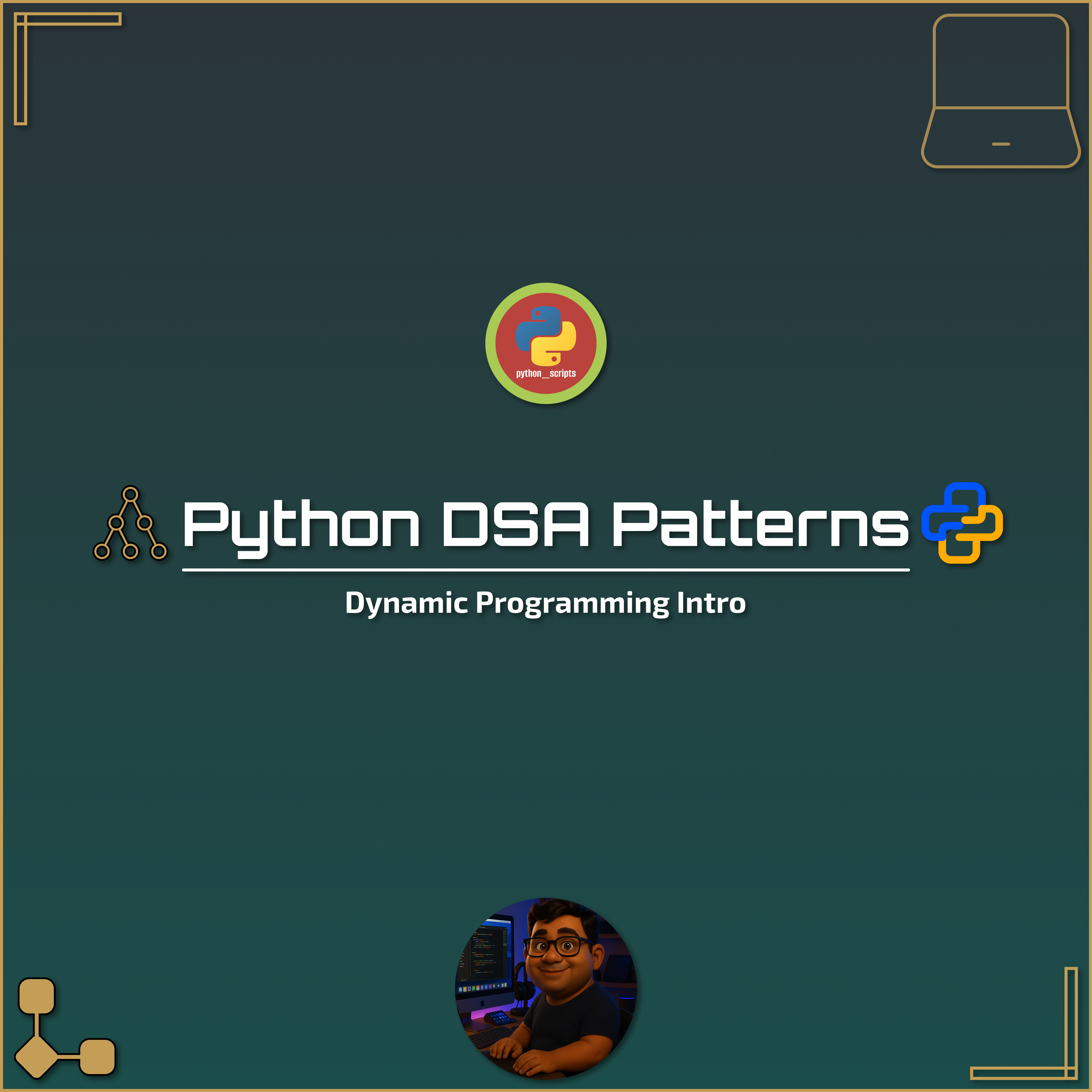🧩 Python DSA Patterns — Recursion Basics 🔁🐍
Posted On: October 3, 2025
Description:
Recursion is when a function calls itself to solve a smaller instance of the same problem.
It’s one of the most important programming patterns, forming the foundation for divide & conquer and backtracking algorithms.
📝 Factorial of a Number
def factorial(n: int) -> int:
if n == 0 or n == 1: # base case
return 1
return n * factorial(n-1) # recursive step
print("Factorial of 5:", factorial(5)) # Output: 120
📝 Fibonacci Sequence
def fibonacci(n: int) -> int:
if n == 0: # base case
return 0
if n == 1: # base case
return 1
return fibonacci(n-1) + fibonacci(n-2)
print("Fibonacci(6):", fibonacci(6)) # Output: 8
✅ Takeaway
- Always define a base case to stop recursion.
- Each step should move towards the base case.
- Recursion = elegant for problems that can be broken into smaller subproblems.
🏋️ Practice Problems
- Factorial of n
- Fibonacci series
- Sum of digits of a number
- Reverse a string
📂 Full Script
The blog covers the essentials — find the complete notebook with all snippets & extras on GitHub Repo 👉 Python DSA Patterns
Link copied!
Comments
Add Your Comment
Comment Added!




No comments yet. Be the first to comment!